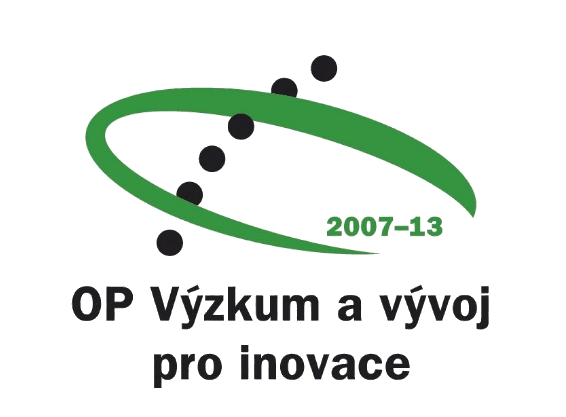
Semantic framework for mapping object-oriented model to semantic web languages
The article deals with and discusses two main approaches in building semantic structures for electrophysiological metadata. It is the use of conventional data structures, repositories, and programming languages on one hand and the use of formal representations of ontologies, known from knowledge representation, such as description logics or semantic web languages on the other hand. Although knowledge engineering offers languages supporting richer semantic means of expression and technological advanced approaches, conventional data structures and repositories are still popular among developers, administrators and users because of their simplicity, overall intelligibility, and lower demands on technical equipment. The choice of conventional data resources and repositories, however, raises the question of how and where to add semantics that cannot be naturally expressed using them. As one of the possible solutions, this semantics can be added into the structures of the programming language that accesses and processes the underlying data. To support this idea we introduced a software prototype that enables its users to add semantically richer expressions into a Java object-oriented code. This approach does not burden users with additional demands on programming environment since reflective Java annotations were used as an entry for these expressions. Moreover, additional semantics need not to be written by the programmer directly to the code, but it can be collected from non-programmers using a graphic user interface. The mapping that allows the transformation of the semantically enriched Java code into the Semantic Web language OWL was proposed and implemented in a library named the Semantic Framework. This approach was validated by the integration of the Semantic Framework in the EEG/ERP Portal and by the subsequent registration of the EEG/ERP Portal in the Neuroscience Information Framework.







